Zolt Kovac
[email protected]
Paintings of Superfluous Information
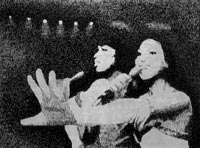
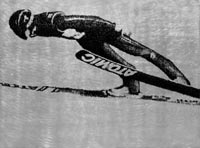
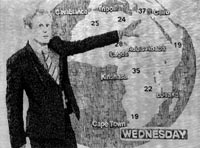
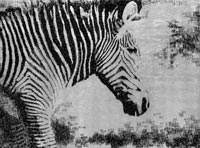
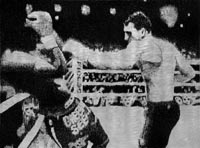
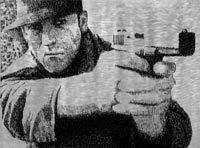
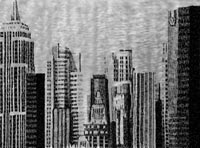

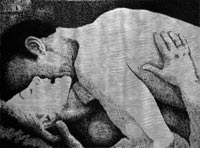
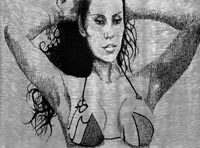
Drawings
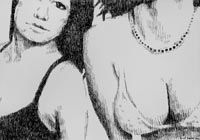
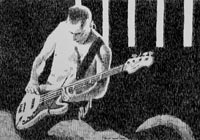

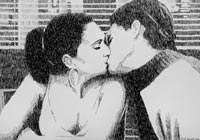
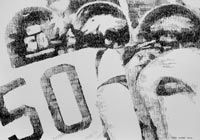
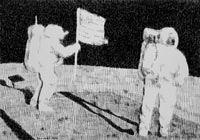

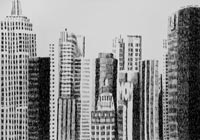
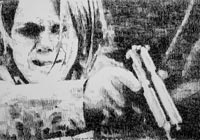

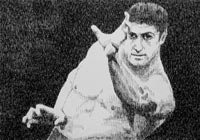
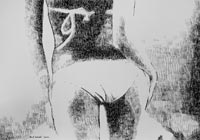
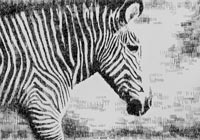
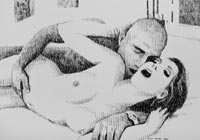
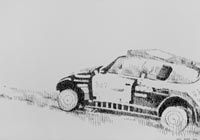
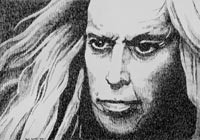
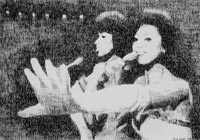
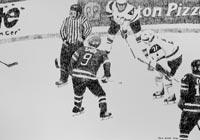
Zolt Kovac |
| back |
Paintings of Superfluous Information |
    |
    |
  |
Drawings |
    |
    |
    |
    |
  |
Branislav Dimitrijević “Stupidity is an important component of boredom, it gives quality to the time spent being bored”. Many people will say, think, suppose, celebrate or lament that attempting to come up with reasons, motives or excuses for being a painter nowadays is in itself superfluous. Paul Delaroche, one of the leading French painters of sentimental academism, was the first to allegedly proclaim the death of painting in 1839 following the emergence of photography. Since then it was proclaimed dead several times beginning with Rodchenko’s exhibition of “the last paintings” in 1921 up to Dibbets’ or Paripović’s conceptual declarations on their permanent abandonment of painting as a media. Today painting is placed in a kind of purgatory or in some other corner of the afterlife while the first mausoleums for its entombment have already been founded. For the rebelliously inclined contemporary artists to paint today means nothing more than to “participate in a counterrevolution” in which every artist takes part, as Kendell Geers said, “every morning when he/she stretches his/her canvas on a back frame.” For others, the pragmatically inclined ones, painting cannot compete with the technologically developed forms of the industry of spectacle. The illusionist trompe l’oeil ambitions of the first painters Zeuxis and Parrhasios are now being realized in different ways: their battle for retinal art is now carried on by other “technological means”. However, although Žolt Kovač is aware of this situation, for him it carries an optimistic assumption that enables him to commit himself to painting. He considers that the very circumstances painting is in today open a paradoxal space of freedom that relational, activist or neo-conceptual art or any other kind of programmatic art does not have. A freedom that painting did not even have at the time when it was the essential requirement of “high modernism”. There are no more programs, no more tasks, it does not have to respond to issues, no more projects … The space for painting is finally … free? Contemporary painting does not have any more its position in the grand social, ideological and cultural narratives. Nothing grandiose is expected of it, it can exist but it does not need to, many would not even notice if it disappeared. It would be enough for them to ritually re-confirm that the paintings of Rembrandt or van Gogh still hang on the walls of the big museums and their hearts would be pleased. Enough paintings have been painted and nobody expects new ones. It is like the Spanish Inquisition from the Monty Python sketches that appears only because no one expects it. (While we are on the topic of television sketch comedy programmes, painting today is mostly a self-confirmation of its own death: as in the TV serial “The Fast Show” where an elderly couple of painters take their easels outside and peacefully enjoy painting the landscape until the husband spots the colour black that instantly plunges him into an agony of a death panic: black, black, death, death … oh mother, what is for breakfast – maggots or toast?) Painting has thus become optional, up to the individual, a possible way of spending one’s leisure time (for those who still manage to have it), being the same for hobbyists and professionals, designers and “academic painters”. For that very reason, Kovač thinks that to be a painter today means to break away from the obligations of abiding to the roles that were once assigned to painters and to continue painting from the very perspective of an artist who was intellectually brought up on the influences of conceptual art. Actually, painting can be anything nowadays for the very reason that it does not need to be anything at all. It does not even have to express the philosophical reason of its own existence or the truth of its own definition. Thus, the question “What is painting?” need not be raised anymore. However, if we do not know what painting is anymore, it still exists and something can still be done with it. In such a situation the nature of the very media, the meaning of a specific painting and the relation to the context it appears in are not issues dealing with the status of painting but with the performativity of painting. As is an inevitable reflection on the law of the force of inertia: painting continues to move on a tangent after the chains of all previous symbolic privileges have been taken off. For Kovač this inert élan vital has become a very disciplined motivation to work, we can say almost an inspiration. Now, he is free to call his own paintings, those “sublime works of gifted hands” stupid; he may say that they represent superfluous information or that they are inspired by the emptiness of time – as the last three of Žolt Kovač’s exhibitions were called: Empty Time, Stupid Paintings, and Paintings of Superfluous Information. Since painting has irretrievably lost its place in the hierarchy, Kovač thinks that it is now faced with a great new challenge, that is, the performativity of its pointlessness. For him painting thus corresponds to the total loss of all illusions and hope in the contemporary world, in a world where we are directly exposed to stupid pictures of all different kinds that carry a lot of unnecessary information with which we kill our free time. Therefore, paintings are now not exhibited in front of us in this or that way, on the contrary, we are the ones who are exhibited to the paintings. Since art has from Duchamp on become primarily a form of philosophizing, it today refers to what Wittgenstein suggested in his Tractatus when he wrote that “most of the propositions and questions that have been written about philosophical matters are not false but senseless” and therefore “we cannot answer questions of this kind at all but only state their senselessness”. Kovač’s latest series of paintings called Paintings of Superfluous Information have not been painted with standard colours used for painting but with “industrial paint”, or more precisely with the very lack of colour, using the black one associated with death. They have been painted on an adequately “soulless” surface. On aluminium sheets, a surface that in Kovač’s opinion quite adequately corresponds with the age in which seductive visual presentations circulate exclusively on shinny surfaces of “glossy” magazines, luminous billboards and television screens. Kovač’s technique is still painterly but it is reduced to the most economical form of expression: the latest pieces have been reduced to routine short vertical strokes in which the imperfection of the very manual act (in the form of short drippings of paint down the painting) is the only clue that the painter is present and willing. (Although, he is not present in the “first person” nor in the “third person” any longer – actually his presence is not expressed in any grammatical form.) The new paintings are more or less indifferently transposed images that endlessly circulate via the electronic media that has, a long time ago, delivered the final blow to any physical directness, as well as to the corporeal-visual quality of painting: images taken from the television screen, certain frozen instances of certain “subject matter” we are exposed to in order to kill the “free” time we have and could preserve as “alive”. These images enable us to find out what we do not need to know: today’s weather report in central Africa, how much silicon has been implanted into some new ambitious starlet, what analyst say about the Singapore stock exchange, or maybe what brand of skis is used by an Austrian jumper in Garmisch … Finally, Kovač’s paintings question the status of this text as they would any other kind of conventional critic’s attempt to interpret them. However, we do inevitably recognize them – with mixed feelings towards the cruelly precise diagnosis they make – as expressions of “the contemplative states of contemporary man”. Thus, Kovač’s painting is also a universal statement on the “spirit of our times”, the one we actually do not want to identify with, which we do not want to think about, although it is a state we are in - whether we like it or not, and a state which we are mostly not able to deal with. As there is no end until it takes place, thus there is no end of painting as well. But while we kill time waiting for it to happen, it still holds true that “all that is solid melts into air” as Marx would say.
|